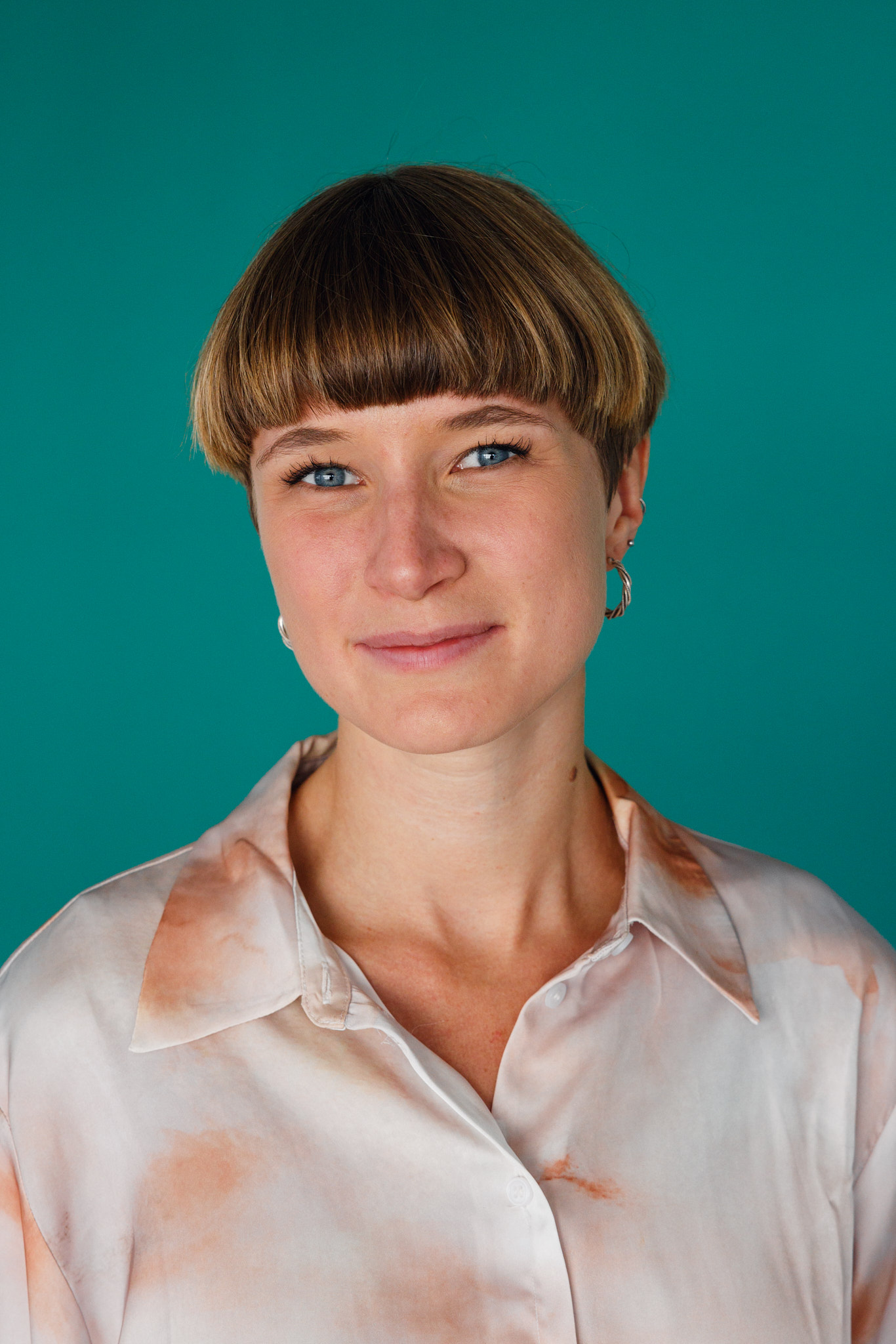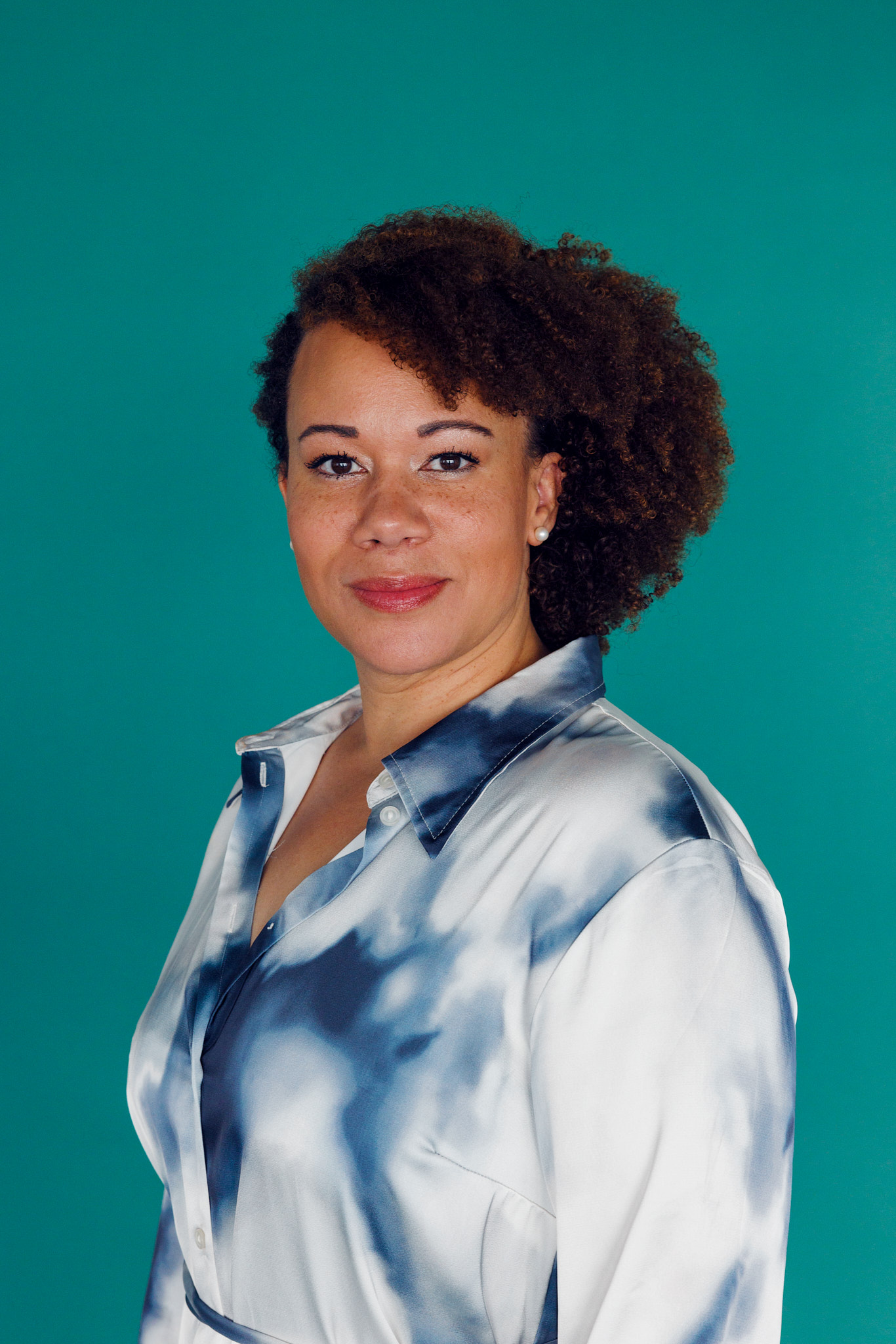
Why talk about disability?
15% of the world's population lives with some form of disability - visible or invisible - but very often disability is a taboo subject in the workplace.
- 21% of the Danish population aged 16-64 have a disability(VIVE, 2019)
- 30% of employees in the workplace have a disability(Coqual, 2016)
- 13% of employees have visible disabilities
- 62% have invisible disabilities
Different types of disabilities: Visible and invisible
UN definition of disability
A disability exists when a long-term physical, mental, intellectual or sensory impairment interacts with barriers in the person's environment and prevents them from fully or partially participating in society on an equal basis with others.
This is called a societal concept of disability. It implies that the disability arises in the encounter with the obstacles. It shifts the focus from the individual with a disability to the environment. It also means that the concept of disability changes as society evolves. And it means that the unconscious biases and attitudes we carry, as colleagues or managers, can themselves be barriers of varying degrees. By addressing our preconceptions about disability, we can make disability less of a barrier.
Not all disabilities are visible. Some are invisible, such as dyslexia, autism, ADHD, dementia, brain injury, speech impairment, visual impairment, blindness or hearing impairment.
Living with an invisible disability can make everyday life more demanding, but many people may find it difficult to understand the challenges that people with invisible disabilities face in their everyday lives, simply because the challenges are not visible.
People with disabilities experience discrimination in the workplace
Danish law prohibits discrimination in the labor market. This includes discrimination on the grounds of disability, sexual orientation, ethnicity, etc.
An employer may not discriminate against employees or applicants for vacant positions.
The Central Disability Council 2022:
9% of managers state that they have rejected a person solely because they had doubts about whether the person could do the job due to their disability.
Many workplaces are not physically designed for people with certain types of disabilities, e.g. open-plan offices with a lot of noise, lack of elevators, space or office tools, no or few support options.
Many people with disabilities may also experience more subtle discrimination in the form of microaggressions (subtle comments or actions) from colleagues e.g. condescending language, ridicule, neglect of skills, ignoring, etc.

This form of discrimination against people with disabilities is called 'ableism'
"Discrimination action against people based on the physical ability of their body, especially against people with disabilities in favour of people who are not disabled."
One of the reasons is that we don't want to acknowledge that we are different and experience the world differently. We have grown up with a notion of equality and are afraid to address the fact that we may not actually be equal. As a result, we tend to neutralise differences rather than highlighting them and thus can work to create inclusive workplaces.
What can we do?
- Equity approach: Recognize that all employees need something different to have equal opportunities. Create opportunities based on each employee's needs.
- Physical work environment: Customize the physical work environment to suit the needs of existing and future employees
- Include persons with disabilities: In solutions and initiatives to create an inclusive work environment
- Offer knowledge: About diversity (including disability) and inclusive coworking
Want to know how to create an inclusive workplace that embraces diversity? Contact us here.


